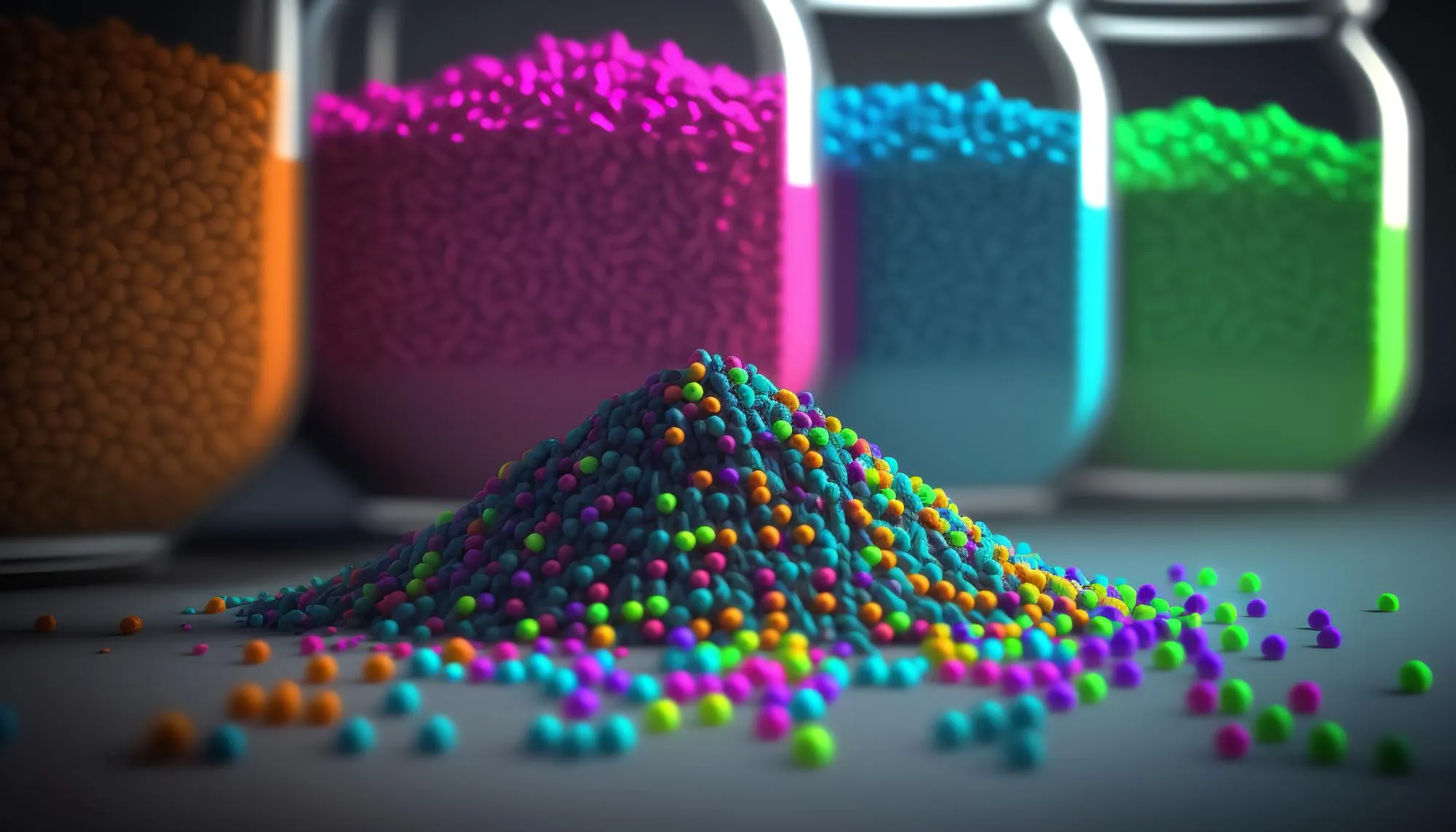In the latest issue of Polymers (published on May 5, 2019), researchers shed light on the development and characterization of poly(phthalazinone ether ketone)s (PPEKs) resins, identifying structural modifications that enhance thermal stability and processability. This significant step forward could lead to broader applications of PPEKs in various industries due to their improved thermoforming capabilities.
Innovative Research on Phthalazinone Moiety
The study, conducted by a team led by Bao Feng and Fengfeng Zhang from the State Key Laboratory of Fine Chemicals at Dalian University of Technology, alongside colleagues from both academia and industry, focuses on the impact of PPEKs’ side-group variants. By substituting the side-group of the phthalazinone moiety with different groups such as -H and -CH₃, the researchers gained valuable insights into the materials’ properties and behavior during processing.
Reportedly, PPEKs have suffered from limited use in practical applications due to the challenges in their thermoforming process. However, the insightful research from the Dalian University of Technology team has illuminated paths to overcome these challenges, priming PPEKs for a wider array of applications.
Key Findings of the Study
The research shows that fine-tuning the side-group structure of phthalazinones leads to alterations in thermal properties that are crucial for processing. The scientists synthesized a series of PPEKs resins, comparing their thermal stability and processability. The findings suggest that certain side-group modifications can significantly enhance the thermal processability of the resin, without undermining its inherent thermal stability.
The Significance and Potential Impact
The outcomes of this work have the potential to revolutionize the use of PPEKs resins in industries that require high-performance materials with excellent heat resistance and ease of molding and shaping. These could include the automotive and aerospace sectors, where such enhancements could lead to more efficient manufacturing processes and high-quality end products.
Implications and Future Research
Feng and Zhang’s findings set the stage for further exploration into the optimization of PPEKs. With the encouragement of the National Key Research and Development Program of China and the support of other fundamental research funds, the prospects for PPEKs resins continue to broaden.
Future research will likely delve deeper into the commercial viability of these materials and their potential uses in advanced manufacturing techniques like 3D printing. In a broader scope, such studies contribute to sustainable alternatives for petroleum-based polymers, which is increasingly imperative in the face of environmental concerns.
References for Further Study
1. Zhang, S., Zhang, B., Zhao, G., Jian, X. Anion exchange membranes from brominated poly(aryl ether ketone) containing 3,5-dimethyl phthalazinone moieties for vanadium redox flow batteries. J. Mater. Chem. A. 2014;2:3083–3091. doi: 10.1039/c3ta14503d.
2. Zhang, S., Yin, C., Xing, D., Yang, D., Jian, X. Preparation of chloromethylated/quaternized poly(phthalazinone ether ketone) anion exchange membrane materials for vanadium redox flow battery applications. J. Membr. Sci. 2010;363:243–249. doi: 10.1016/j.memsci.2010.07.046.
3. Pan, H., Zhu, X., Chen, J., Jian, X. Synthesis of fluoro-containing sulfonated poly(phthalazinone ether ketone ketone)s and their properties as PEM in PEMFC and DMFC. J. Membr. Sci. 2009;326:453–459. doi: 10.1016/j.memsci.2008.10.047.
4. Song, Y., Wang, J., Li, G., Sun, Q., Jian, X., Teng, J., Zhang, H. Synthesis, characterization and optical properties of cross-linkable poly(phthalazinone ether ketone sulfone) Polymer. 2008;49:724–731. doi: 10.1016/j.polymer.2007.12.015.
5. Wang, J., Wang, M., Liu, C., Zhou, H., Jian, X. Synthesis of poly(arylene ether nitrile ketone)s bearing phthalazinone moiety and their properties. Polym. Bull. 2013;70:1467–1481. doi: 10.1007/s00289-012-0866-z.
Keywords
1. Poly(phthalazinone ether ketone)s
2. PPEKs Resins Processability
3. Phthalazinone Moiety Structure
4. High-Performance Polymers
5. Thermoforming Polymer Materials
This groundbreaking research suggests that through molecular engineering, PPEKs could become key players in future material science developments and applications, leading to more efficient and eco-friendly manufacturing processes across various high-demand industries.
